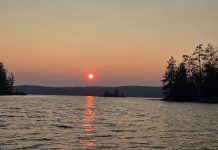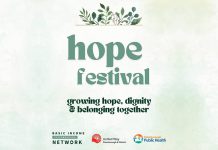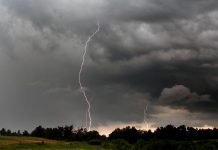
As a settler in Peterborough and the Kawarthas, I’ve come to appreciate the diversity of vegetation that makes this area unique. I am reminded that traditionally, foraging wild or cultivated plants helped supplement the pantry, formed the base of our medicines, and connected people to their local environment.
In this article, I will reflect on and offer up an interpretation of the 10 principles of foraging from ‘The Honorable Harvest’ in Robin Wall Kimmerer’s book Braiding Sweetgrass: Indigenous Wisdom, Scientific Knowledge and the Teachings of Plants.
Before using these principles to guide your foraging practice, please remember that there are rules in place for foraging on properties that are not your own and to be familiar with laws or guidelines from local conservation authorities and your municipality.
1. Ask permission of the ones whose lives you seek. Abide by the answer.
A key part of asking permission is to learn best practices. Research can help you better understand when, how, and where to forage.
Check out Ontario Nature’s Northern Forest Foraging Guide to learn about plants like cedar (Thuja occidentalisor) and common dandelion (Taraxacum officinale).
2. Never take the first. Never take the last.
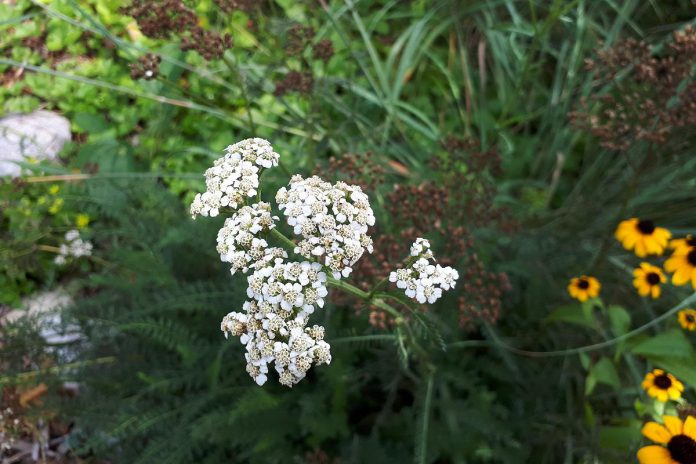
In June, I picked a few leaves from a common yarrow (Achillea millefolium) plant growing close to home, realizing that there were only a few in the area. As I intended to brew it in a tea, I picked less than I thought I needed.
Wait until the middle of the prime season and you will allow the first plants that pop up to grow and ensure the last to grow are able to drop their seeds for the next generation.
3. Harvest in a way that minimizes harm.
Minimizing harm may look like planting edible native plants in your own backyard instead of harvesting where others do. Plant edible native plants, like wild strawberry (Fragaria vesca) and nodding wild onion (Allium cernuum), which can be found at gardening centres and nurseries like Ecology Park’s Native Plant & Tree Nursery.
For me, this principle is used when I forage for garlic mustard (Alliaria petiolate), an invasive species that when removed from the environment, creates space for native plants to grow. When processed, garlic mustard makes a great pesto!
4. Take only what you need and leave some for others.
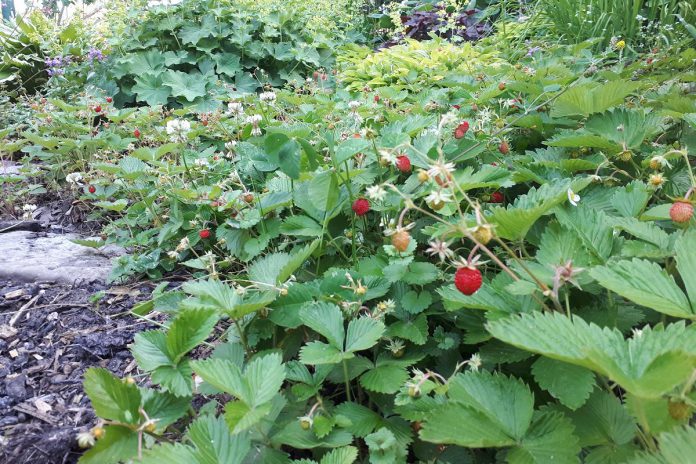
Resourcefulness and sustainability go hand in hand.
If we take what we need — for example, the leaves of the burdock (Arctium) for tea instead of the whole root — this minimizes harm to the plant and allows for the plant to regrow.
5. Use everything that you take.
Canadians produce 50 billion kilograms of food waste every year, with this waste contributing to overall global greenhouse gas emissions.
Reducing waste and only taking what you will consume is important while foraging, too. The cattail (Typha) is one plant where you can use all of its parts for various purposes.
6. Take only that which is given to you.
A staff member at GreenUP gifted me a few mulberries (Morus alba) from a tree that had been dropping ripe berries. The flavour was akin to vanilla, the interaction a memory ingrained in my mind.
Plants often cycle through years of plenty and years of scarcity. The staff member only brought over that which they could reach or that fell into their hand, leaving the rest for other species to eat.
7. Share it, as the Earth has shared with you.
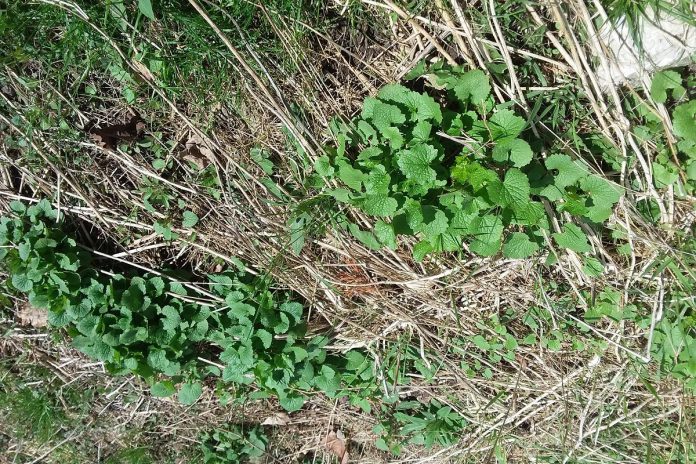
A Peterborough resident who picked fiddleheads (from an ostrich fern, Matteuccia struthiopteris) from their land intended to share this edible (when cooked!) fern and raise money for their education.
I purchased about two pounds from them this past spring, knowing that I wouldn’t finish them all, and shared them with friends and loved ones to pass on the love of foraged wild plants.
8. Be grateful.
As David Suzuki said, “The way we see the world shapes the way we treat it. If other species are biological kin, not resources; or if the planet is our mother, not an opportunity — then we will treat each other with greater respect. Thus is the challenge, to look at the world from a different perspective.”
Robin Wall Kimmerer explains in Braiding Sweetgrass thatm in her interpretation of Indigenous Knowledge, wild strawberries are a gift of nature rather than a commodity that you can find at the grocery store.
9. Reciprocate the gift.
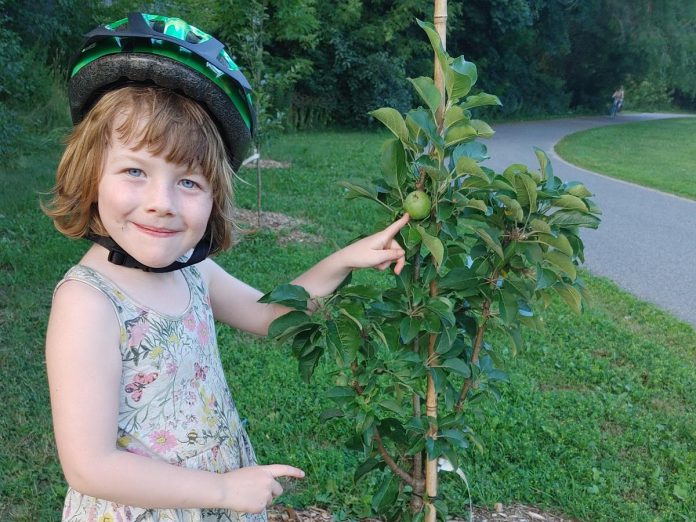
Planting edible infrastructure can be a way to give back to the environment while promoting forage and harvest. The Peterborough Orchard Stewards is a new volunteer-led project that will create opportunity for our community to forage.
Alongside community members, GreenUP, Nourish, and the City of Peterborough are tending to apple, pear, and cherry trees that will eventually grow fruit to be picked by stewards and community members in years to come.
10. Sustain the ones who sustain you, and the Earth will last forever.
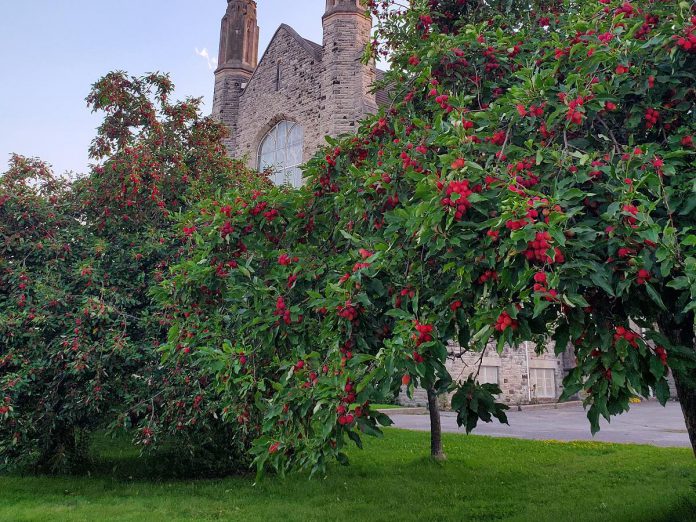
Foraging can be an honourable thing that invites us to mindfully interact with the urban environment for years to come.




